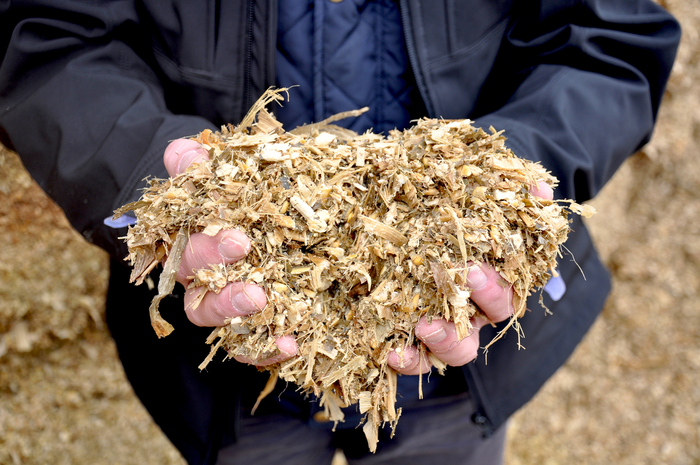Improving heifer calf performance, making the most of maize after a good growing season and protecting milk production from late summer grass changes. These are three key issues being tackled by leading animal nutrition and forage preservation specialists, Volac, at this year’s UK Dairy Day (stand number H153 and in the calf rearing zone, Wednesday 11 September, The International Centre, Telford, Shropshire).
Feeding calves to allow these valuable future herd replacements to meet their optimum lifetime potential will be a key focus. Volac will be highlighting how to maximise heifer calf performance using the latest computerised feeders and its innovative range of Imunopro-based Lifeguard milk formulas.
“Feeding calves a high quality, whey-based milk replacer packed with the vital bioactive components (found at very high levels in natural colostrum) in the whey fraction of milk will help support good calf health, growth and development,” says Samantha Sampson from Volac.
The company will also be running milk mixing demonstrations on its stand and highlight the crucial importance of using clean feeding equipment and utensils.
“Feeding calves enough milk formula in early life is crucial because it is a golden opportunity to maximise growth. However, your mixing rate must be accurate and your hygiene as good as it can be if key growth targets are to be met,” adds Ms Sampson.
With maize crops nearing maturity, Volac will also discuss locking in maximum feed value.
“After a good growing season, there’s lots of potential in maize crops for this harvest,” says Volac business manager, Jason Short. “We’ll be providing topical guidance on preserving maximum feed value into maize silage – not only by minimising obvious losses from silage heating up, but also hidden losses caused by inefficient fermentation.
“Combined together, dry matter losses from heating and poor fermentation can be like losing a couple of trailer loads out of every 10 going in the clamp. Also, modern maize varieties are often still green at harvest, and there’s a strong argument that greener leaves with a higher moisture content need more help with fermentation.
“We’ll be offering advice on effective harvesting technique, good clamp management and proven additives for tackling not just one but both of these issues,” he adds.
According to Dr Richard Kirkland, global technical manager for Volac Wilmar Feed Ingredients, a change in feeding strategy may be needed towards the end of the grazing season to maintain milk production.
“High levels of grass rejection in paddocks not grazed tight enough will result in a decrease in forage digestibility. In turn, this can have a negative impact on milk yield and quality,” explains Dr Kirkland. “In all grazing systems, butterfats are also at risk as the oil concentration in grass begins to increase as it comes out of the reproductive (flowering) phase. The result will be a leafier, high oil grass that can trigger a similar rumen response as early-season grass.”
To protect milk production from seasonal grass changes, Dr Kirkland recommends buffer feeding with rumen-protected fat supplements specific to the particular needs of the farm to improve digestibility while acting as a dense energy source.
“Ongoing research has highlighted the effects of individual fatty acids on different areas of performance, including milk yield, milk fat content, body condition score and fertility,” explains Dr Kirkland. “Choosing the right fat supplement balanced with optimum levels of specific fatty acids will not only overcome seasonal grazing conditions, but also elevate crucial areas of cow performance.”


